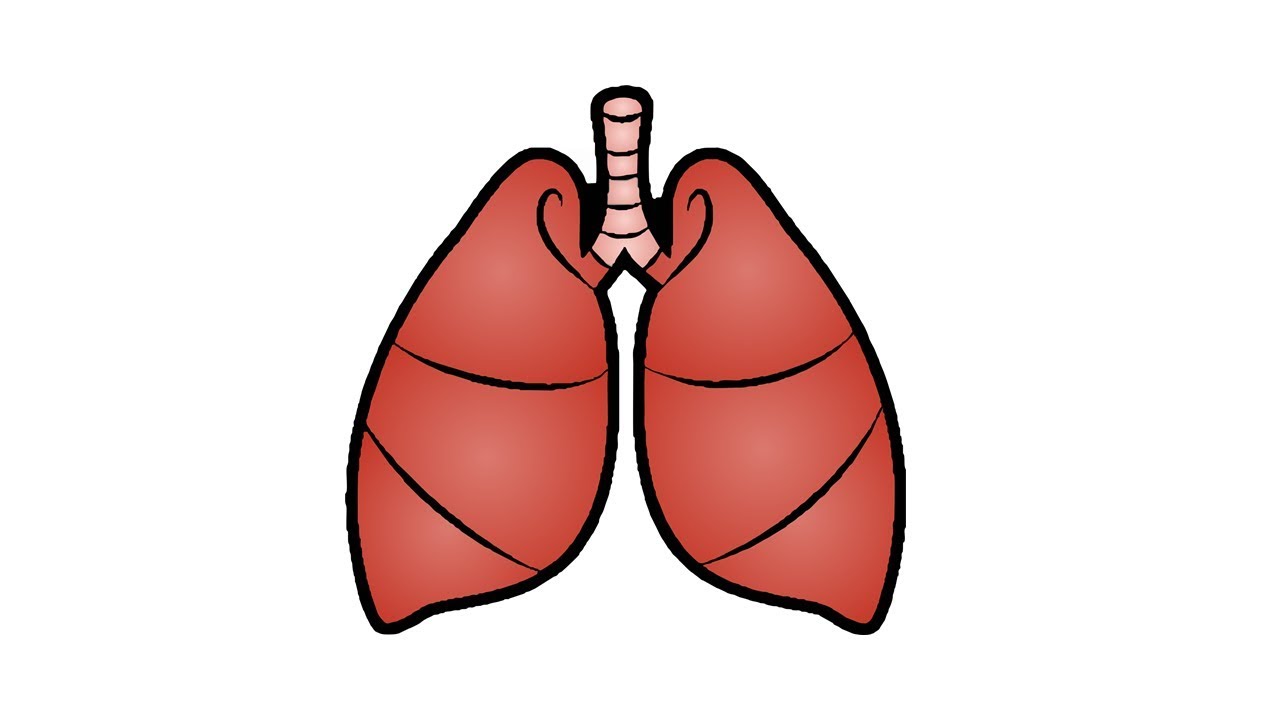Raindrop rain clip raindrops drop shape svg drawings teardrop clipart drawing cartoon transparent cliparts glossy file perfect find clipartmag library
Table of Contents
Table of Contents
Raindrops are essential elements to any weather related drawing. They add depth and texture to an artwork, while also evoking emotions and sensations. However, figuring out how to draw them accurately can be overwhelming for some artists. In this post, we will break down the steps on how to draw a raindrop and share tips to make the process easier for you.
The Struggle of Drawing a Raindrop
As artists, we want our artwork to be accurate and vivid. Drawing raindrops can be challenging as they come in different shapes and sizes, and there is no one right way to draw them. Moreover, creating an illusion of movement in the raindrop can be a daunting task that requires patience, practice, and precision.
How to Draw a Raindrop
To draw a raindrop, you need to follow a few straightforward steps. Below is a simple guide:
- Draw an elongated teardrop shape that is narrower at the top and wider at the bottom.
- Add a thick line in the middle of the shape, indicating where the raindrop is breaking the light.
- Shade the bottom half of the drop with a toned-down color, to create an illusion of reflection and depth.
- Use cross-hatching or stippling to add texture and movement to the raindrop.
With practice, you can add more details to your raindrops, making them more unique and extensive. Experiment with different shapes, reflections, and light sources to produce raindrops that look natural and beautiful.
Main Points
Now that you know the basic techniques of how to draw a raindrop, it’s time to put it into practice. Here are the main points to keep in mind when drawing raindrops:
- Start with a teardrop shape
- Add a thick line in the middle
- Shade the bottom half of the drop
- Use cross-hatching or stippling for texture and movement
Tips from Personal Experience
I have always loved creating artwork using images from nature as a reference. Drawing raindrops can be intimidating, but it can also be gratifying when you get it right. I suggest adjusting the pressure of your pencil as you draw the raindrop to give it a sense of weight and dimensionality. Also, practice different shapes and sizes of raindrops, and notice how their reflections change according to the surrounding environment.
Common Mistakes When Drawing Raindrops
The common mistakes people make when drawing raindrops include:
- Making the drop too symmetrical
- Adding too much shading or reflection
- Forgetting to add texture or movement
- Making the raindrop too large, or too small
Avoiding these mistakes will help you create better looking raindrops that are more accurate and evocative.
Extra Tips for Drawing Realistic Raindrops
Some extra tips for drawing realistic raindrops are:
- Use a reference image if you need inspiration or guidance
- Draw the raindrops at different angles and perspectives
- Experiment with different light sources
- Use colors that match the overall look and feel of the artwork
Q&A About How to Draw a Raindrop
1. What materials do I need to draw raindrops?
All you need is a pencil, paper and an eraser. However, you can use colored pencils, markers or watercolors, depending on your preference.
2. Can I draw raindrops using a mouse or a stylus?
Yes, of course. Drawing digitally has become more accessible and affordable with the use of tablets and software like Photoshop or Procreate. You can also use web-based drawing tools like Figma or Canva.
3. Is it better to draw raindrops using a reference image or imagination?
Using a reference image can help you learn how different shapes, sizes, and reflections of the raindrops look like in real life. However, using imagination can also lead to unique styles and creative interpretations of raindrops.
4. How long does it take to learn how to draw realistic raindrops?
It depends on your current skill level and your dedication to practice. Drawing realistic raindrops can take a few weeks or months to master, but with consistent practice, you’ll be able to draw them accurately in no time.
Conclusion of How to Draw a Raindrop
Drawing raindrops can be challenging, but with practice and perseverance, you’ll be able to capture their beauty and essence accurately. Remember to start with a teardrop shape, add a thick line in the middle, and shade the bottom half of the drop. Experiment with different techniques, and don’t be afraid to make mistakes; they can lead you to create even better raindrops.
Gallery
Digital Drawing - David Balmforth: Rain Drop - Daily Drawing - October 8th

Photo Credit by: bing.com / raindrop drop rain raindrops drawing template clipart drawings clip lines cliparts digital printable balmforth david daily library use october triangle
Realistic Raindrop Drawing | Free Download On ClipArtMag

Photo Credit by: bing.com / raindrop drawing realistic clipartmag
Drawings Of Raindrops - ClipArt Best

Photo Credit by: bing.com / raindrop rain clip raindrops drop shape svg drawings teardrop clipart drawing cartoon transparent cliparts glossy file perfect find clipartmag library
Pin By Art Ed Central On Art Sketchbook/ Journal | Raindrop Drawing

Photo Credit by: bing.com / raindrops raindrop designsbyryn
Seriously! 46+ Little Known Truths On How To Draw A Raindrop! Drawing
![]()
Photo Credit by: bing.com / raindrop moo truths raindrops clipground library kisspng





